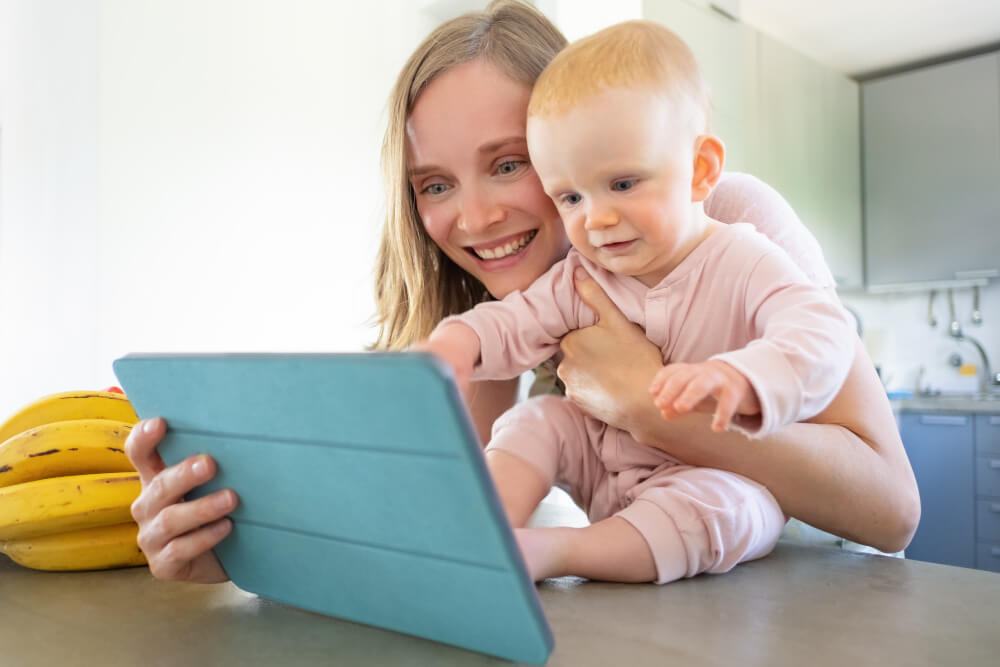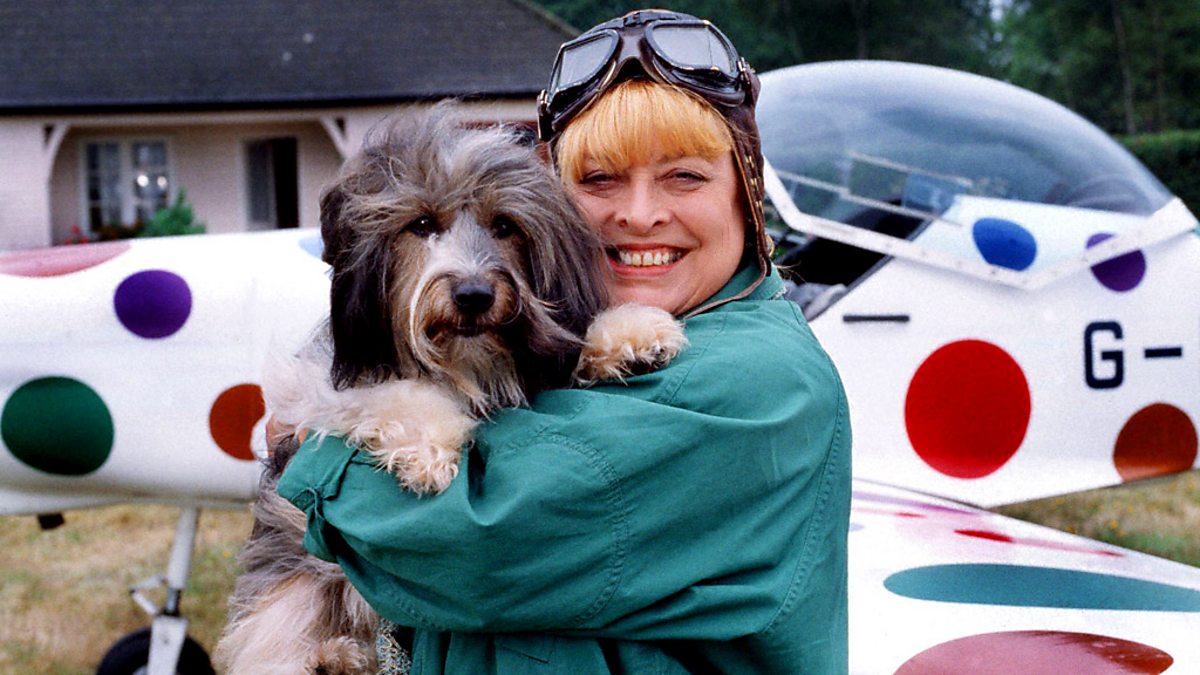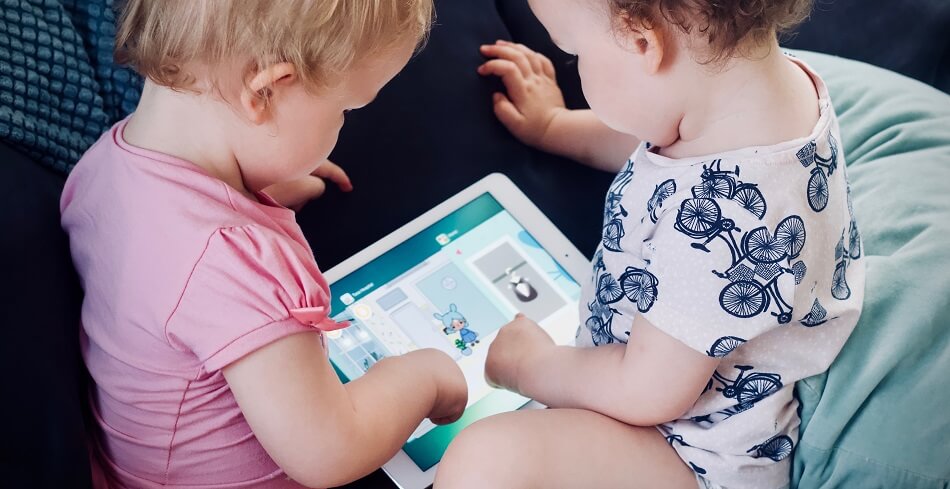
In today’s digital age, technology is a double-edged sword. It offers a world of knowledge and entertainment at our fingertips, but it also poses challenges, especially for parents navigating the balance between digital and real-world experiences for their children. This article doesn’t aim to demonize technology; we understand that sometimes, handing a tablet to your child can provide a much-needed moment of quiet or distraction. However, with the spike in technology use among children—many of whom learn to swipe a screen before they can speak—it’s essential to approach tablet time with caution.
How Much is Too Much screen time?
The answer isn’t straightforward. It varies depending on a child’s age, the content they’re consuming, and the context of their overall daily activities. However, NHS guidelines suggest limiting screen time to two hours per day at a maximum limit. The documentation this regard is lacking unfortunately. Two-hours of unsupervised content is defiently too much and even with the right content, without supporting the right context, this can be detrimental.
We can see an increaseing body of studies that found negative associations between the prolongued use of tablets (or TV) and child development. Professional organizations like the World Health Organization (WHO) and the American Academy of Pediatrics (AAP) offer screen time guidelines, recommending limited or no screen time for children under 5. However, these guidelines are based on research that often doesn’t differentiate between types of screen activities and includes a mix of correlational and longitudinal studies. Digital literacy will be even more important in the future, so having children be familiar and consume educational content is not a good thing.
Not All Content is Equal
It’s vital to remember that not all screen time is created equal. Interactive apps that encourage learning and creativity can offer valuable experiences, in contrast to passive video watching, which should be more limited. Quality matters more than quantity.


Jolly Phonics
Jolly Phonics is an interactive program teaching children to read and write using multisensory methods. It introduces the 42 sounds of the English language through songs, activities, and stories. The benefits include improved literacy skills, independent reading ability, and a solid foundation for lifelong learning and confidence in literacy.


Come outside
"Come Outside" is an educational series that explores the world through adventures with Auntie Mabel and her dog, Pippin. It teaches children about everyday objects and phenomena, enhancing their understanding and curiosity about the natural world. The benefit is its ability to make learning about everyday things engaging and fun for young viewers.


Cbeebies
CBeebies is a British television channel by the BBC for children under six, offering educational and entertaining programs. It aims to foster early learning through shows that cover literacy, numeracy, and social skills in a fun, engaging way. Benefits include promoting creativity and providing a safe viewing environment for young children.
Thee are just some examples with the emphasis being on slow-media, educational and where possible interactive. An interesting tip for video content is to turn captions on as often as possible. This will enable children to familiarise with letters in a really fun way.

Setting Clear Rules and a Timer
Creating a structured environment for tablet use can significantly help manage screen time. Setting clear rules and using a timer can establish expectations and minimize the need for constant negotiation. For example, tablet time might only happend during specific routines. Some examples are: after a meal, after tidying the toys, while being in the car between nursery and home.
The key here is to create a routine that is predictable. Why? If the routine is predictable, there is not a continous struggle and negotiation to take place. If you are using an Apple product you have several tools to help you and the same applies for Android devices.
As we navigate the complex landscape of technology and parenting, it’s essential to remember that our primary goal is to foster healthy, well-rounded individuals. By setting clear boundaries, choosing quality content, and using technology as a tool rather than a crutch, we can strike a balance that benefits everyone. Let’s embrace technology’s potential to enrich our children’s lives while also ensuring it doesn’t overshadow the joys of real-world experiences.
At Footsteps Nursery we are mindful about how we use technology. We always promote the interactive use of it, using devices such as Alexa for our music Yoto for our interactive stories and tablets occasionally to teleport us into places where it would otherwise be impossible to get to (like the inside of a volcano).